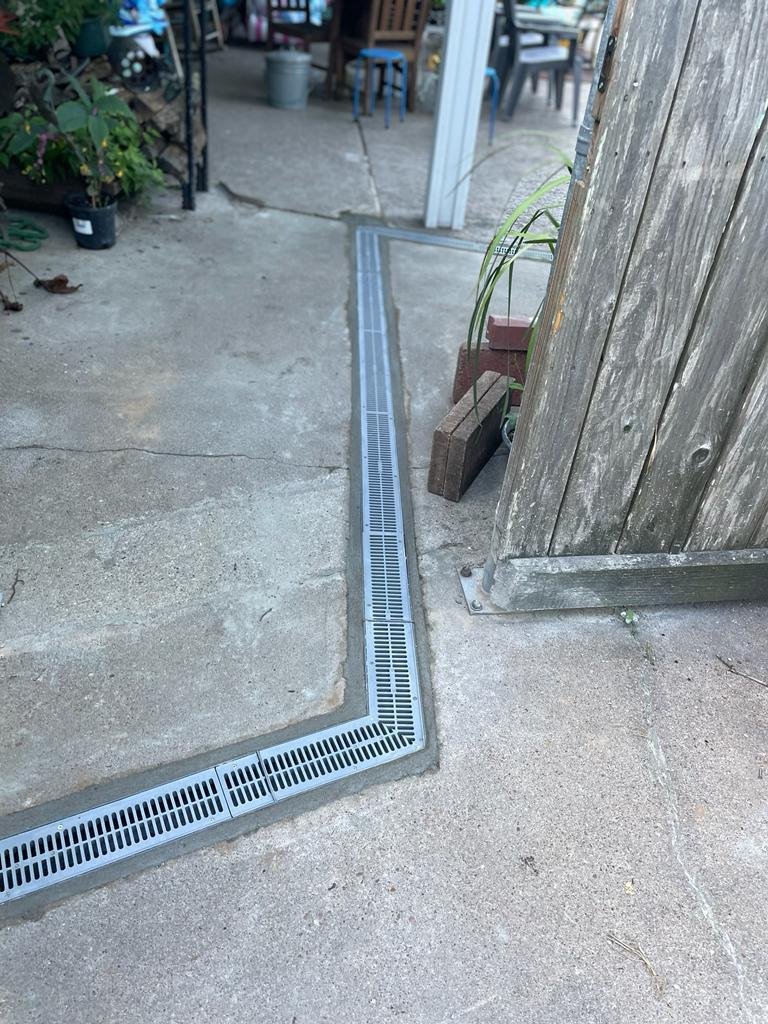Drainage Solutions

Our objective is understanding and correcting
water problems from:
Grading issues
Soggy Soil
Ponding Water
- Implementing the right drainage solutions for a home can help protect against water damage, prevent erosion and landslides, and ensure that excess water is properly managed and controlled. It is important to consult with a professional or expert to determine the most appropriate approach for your specific needs and conditions.
Drainage solutions for a home are methods or systems that are used to manage and control the flow of water on a property. These solutions can be used to prevent water from pooling or standing in certain areas, to divert water away from structures or foundations, or to protect against erosion or landslides.
There are a number of different approaches that can be taken to address drainage issues in a home, and the most appropriate solution will depend on the specific needs and conditions of the property. Some common drainage solutions include:
French drains: These are underground channels that are used to collect and divert water away from a property. French drains can be constructed using perforated pipes or other materials and are typically filled with gravel or other types of aggregate to help filter and channel the water.
Surface drains: Surface drains are shallow channels or trenches that are used to collect and redirect water from a specific area, such as a driveway or patio. These drains can be made from a variety of materials, including concrete, plastic, or metal, and are typically designed to blend in with the surrounding landscape.
Swales: A swale is a shallow depression or channel that is designed to divert water away from a property. Swales can be created by grading the land and shaping it to guide the flow of water in a specific direction.
Retaining walls: Retaining walls can be used to hold back soil and prevent erosion, particularly on slopes or hillsides. These structures can be made from a variety of materials, including concrete, wood, or stone, and can be used in combination with other drainage solutions such as French drains or swales.
Gutters and downspouts: Properly functioning gutters and downspouts are essential for directing water away from a home’s roof and foundation. Regular cleaning and maintenance of these systems can help prevent water damage and other issues.
Sump pumps: A sump pump is a device that is used to remove excess water from a specific area, such as a basement or crawlspace. These pumps are typically installed in a sump pit and are activated when the water level in the pit reaches a certain point.
Landscaping: Properly designed and maintained landscaping can also play a role in addressing drainage issues on a property. Planting trees, shrubs, and other vegetation can help absorb excess water and prevent erosion, while grading the land and creating slopes or channels can help redirect water away from structures.
